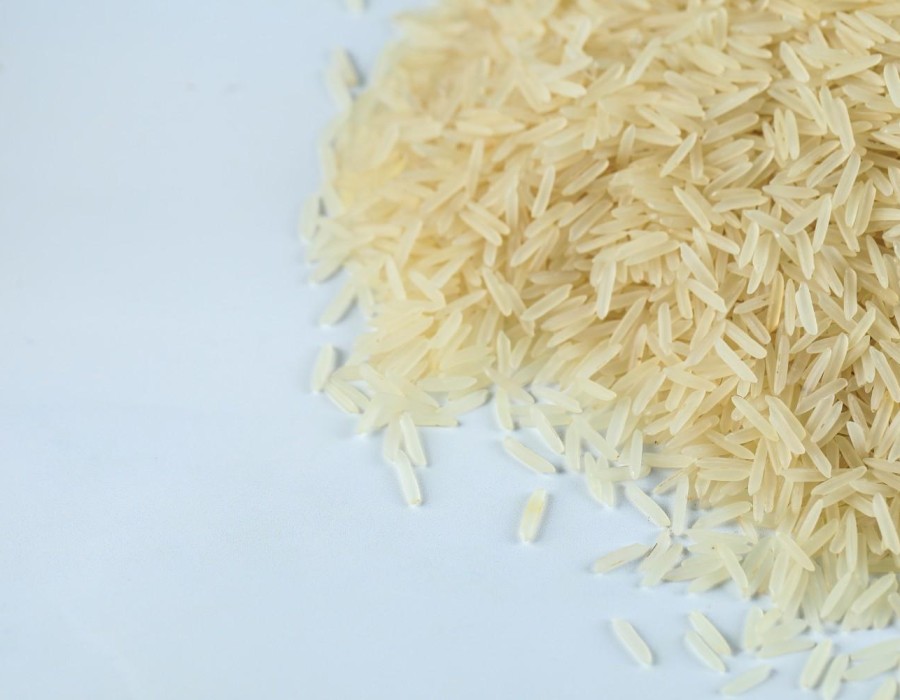In recent years, organic rice has emerged from the niche corners of agricultural markets to become a mainstream product, reflecting a global shift in consumer awareness and preferences toward health, sustainability, and food safety. As consumers increasingly demand foods grown without synthetic pesticides, fertilizers, and genetically modified organisms, organic rice offers an attractive alternative that meets these desires while supporting environmental stewardship and social responsibility. This blog explores the driving factors behind the rise of organic rice, evolving consumer preferences, and robust market growth, highlighting how this sector is transforming the future of rice production and consumption.
What is Organic Rice?
Organic rice is cultivated using farming practices that prohibit synthetic agrochemicals and genetically modified seeds. Emphasizing natural processes, organic rice cultivation relies on organic fertilizers, crop rotations, biological pest control, and soil health management to maintain productivity and minimize environmental impact. Certified organic rice is subject to strict regulations and auditing to ensure compliance with established organic standards.
Consumer Preferences Driving Organic Rice Demand
1. Health Consciousness
Modern consumers are increasingly mindful of the health implications of their dietary choices. Organic rice is perceived as safer due to the absence of chemical residues and potential allergens associated with pesticides and synthetic fertilizers. The retention of bran and germ in many organic rice varieties also means higher nutritional value, including fiber, vitamins, and minerals.
- Surveys indicate organic rice buyers prioritize natural quality, safety, and nutritional benefits.
- Growing awareness of chronic health issues tied to diet motivates consumers toward organic foods.
2. Environmental and Ethical Concerns
Consumers concerned about environmental degradation favour organic rice because organic farming practices promote soil health, biodiversity, and reduced chemical pollution. Organic rice farming contributes to carbon sequestration and water conservation, aligning with sustainable consumption trends.
- The ethical dimension includes fair labour practices often associated with organic certification.
- Eco-conscious millennials and Gen Z form a growing customer base seeking transparency and sustainability.
3. Culinary Quality and Taste
Many consumers report a preference for the unique taste, aroma, and texture of organic rice. The slower, traditional growing methods and diverse local varieties often result in more complex flavours and superior cooking performance.
- Specialty and heirloom organic rice varieties drive interest among gourmet and health-food consumers.
- Organic rice is increasingly featured in high-end restaurants and culinary circles.
4. Traceability and Trust
With increasing food safety incidents globally, consumers demand transparency about the food source. Organic certification provides verified assurance of production methods and origin, enhancing consumer confidence.
- Blockchain and digital traceability tools further bolster trust by enabling farm-to-fork visibility.
Market Growth and Trends
Rapid Market Expansion
The global organic rice market has experienced strong growth, with a compound annual growth rate (CAGR) estimated at over 8% recently. Market valuations are projected to reach several billion U.S. dollars within the next decade.
Key growth regions include:
- Asia-Pacific: The largest regional market fueled by increasing incomes, environmental policies, and traditional preferences for organic foods.
- North America and Europe: Mature markets where organic rice is trending as part of healthy lifestyles and gourmet food movements.
- Emerging Markets: Latin America and the Middle East are showing rising demand alongside expanding organic certification programs.
Supply-Side Developments
- Organic rice cultivation areas have expanded globally as more farmers adopt organic standards, aided by government support and certification schemes.
- Farmers benefit from premium prices for organic rice, incentivizing diversification and sustainable practices.
- Development of organic seed varieties and research on organic farming techniques boost productivity and resilience.
Product Innovations and Diversification
- Introduction of value-added products like organic rice flour, snacks, and ready-to-eat meals.
- Emergence of certified gluten-free and functional organic rice aligning with niche health markets.
- Packaging innovations emphasize eco-friendly materials and branding highlighting sustainability credentials.
Challenges in the Organic Rice Sector
- Certification Barriers: High costs and complex procedures limit access, particularly for smallholder farmers.
- Yield Gaps: Organic farming may yield less than conventional methods, posing economic risks without robust premium markets.
- Supply Chain Infrastructure: Inadequate processing, storage, and distribution networks hinder consistent quality and availability.
- Consumer Price Sensitivity: Organic rice's higher retail price challenges accessibility, especially in low-income populations.
Supporting Policies and Initiatives
- Governments worldwide promote organic farming through subsidies, capacity building, and market development.
- International organizations facilitate certification and connect organic farmers with global markets.
- Collaborative research focuses on improving organic rice productivity and pest management.
Future Outlook
The organic rice market is poised for continued growth, driven by rising consumer demand and advancing production technologies. Sustained emphasis on education, inclusive certification, and supply chain strengthening will be critical to enabling participation from all farmer scales and ensuring organic rice remains accessible and competitive.
Technological integration, such as digital traceability and AI-driven organic pest management, will further enhance efficiency and consumer trust.
Conclusion
Organic rice symbolizes a broader societal shift toward healthier, more sustainable food choices. Its rise reflects consumers’ desire not only for nutritional benefits but also for environmental stewardship and ethical production. As the organic rice market expands, it offers compelling opportunities for farmers, businesses, and consumers to collaborate in building a resilient, responsible food system that nourishes present and future generations with care and quality.





Comments